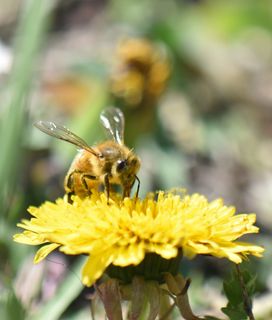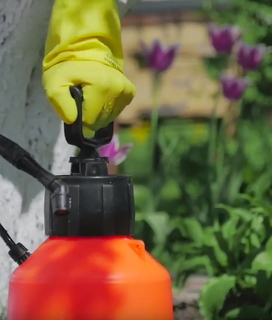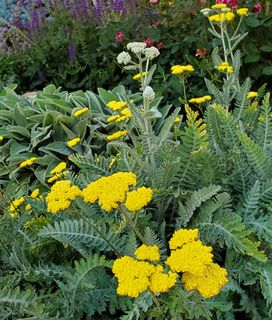PESTICIDES & BEES
PROTECT POLLINATORS FROM TOXIC CHEMICALS
DITCH THE PESTICIDES
More than 1 billion pounds of pesticides are used each year in the United States. [1] Suburban lawns and gardens actually receive more applications per acre than agriculture! [2] While it's important to protect our food supply and backyard gardens, today's widespread practices have catastrophic effects on bees, wildlife and our environment.

HOW DO PESTICIDES HARM BEES?
By design, a pesticide is any substance used to kill, repel or control certain forms of plant or animal life considered to be pests. But it doesn’t stop there. These chemicals are also toxic to beneficial insects including bees and other pollinators — the very insects we need to keep our gardens and crops growing.

NEONICOTINOIDS 101
Also called neonics, these are a group of widely-used systemic pesticides that persist in the environment for months or year after application (through dust from coated seeds, as spray drift, by contaminating soil and leaching into ground water).

GLYPHOSATE 101
Glyphosate is the most heavily used herbicide in the United States. Each year, millions of pounds are applied to residential lawns and landscaping operations.

RETHINK THE PERFECT LANDSCAPE
Society's conventional landscaping standards place high priority on maintaining a vast expanse of turfgrass lawn. This often requires frequent chemical treatments, mowing and other manicuring – but these practices don't support bees or the biodiversity needed for healthy ecosystems.

FIVE WAYS TO NATURALLY CONTROL WEEDS
1. White vinegar
Spray on the leaves of the weeds. Minimize overspray to avoid damaging garden plants and soil. Best for small areas, sidewalks and driveway cracks.

FIVE TIPS FOR NATURAL PEST CONTROL
1. Go Native
Prioritize plants that are native to your region. Along with being adapted to your local environmental conditions and feeding native bees, they’ll also support more natural predators (like ladybugs, spiders, lacewings, various wasps and dragonflies) that can help keep pests at bay. Yarrow, asters and goldenrod in particular have been found to support a high number of natural enemies.
